Electrophysical processes are used to create third-order nanoscale circuit elements, and these are used to realize a transistorless network that can perform Boolean operations and find solutions to a computationally hard graph-partitioning problem.



Scientists have long known that electrons are indivisible fundamental particles. Yet surprising new research shows that a weird feature of quantum mechanics can be used to produce objects that behave like half of an electron. These ‘split-electrons’ might hold the key to unlocking the power of quantum computation.
Recently published in Physical Review Letters (“Many-Body Quantum Interference Route to the Two-Channel Kondo Effect: Inverse Design for Molecular Junctions and Quantum Dot Devices”), the discovery was made by Professor Andrew Mitchell at University College Dublin (UCD) School of Physics, and Dr Sudeshna Sen at the Indian Institute of Technology in Dhanbad, who are theoretical physicists studying the quantum properties of nanoscale electronic circuits.
“The miniaturization of electronics has reached the point now where circuit components are just nanometers across. At that scale, the rules of the game are set by quantum mechanics, and you have to give up your intuition about the way things work,” said Dr Sen. “A current flowing through a wire is actually made up of lots of electrons, and as you make the wire smaller and smaller, you can watch the electrons go through one-by-one. We can now even make transistors which work with just a single electron.”
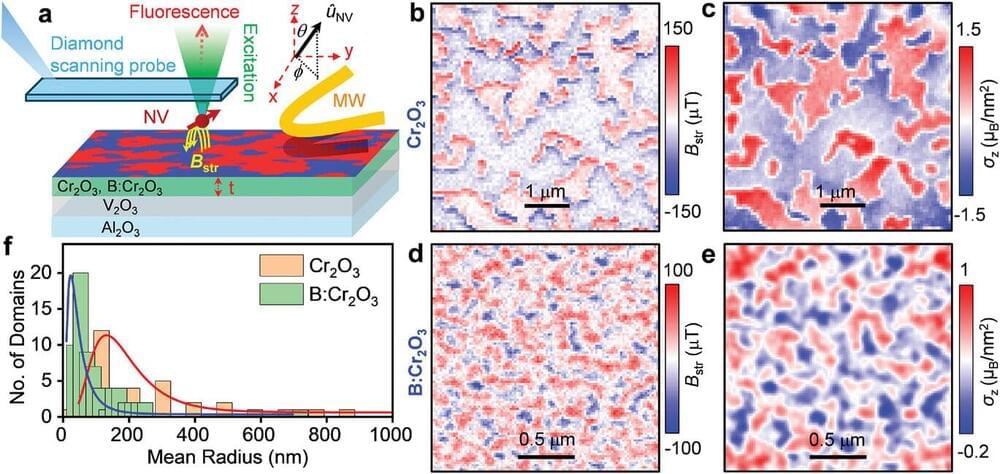
In the world of nanotechnology, the development of dynamic systems that respond to molecular signals is becoming increasingly important. The DNA origami technique, whereby DNA is programmed so as to produce functional nanostructures, plays a key role in these endeavors. Teams led by LMU chemist Philip Tinnefeld have now published two studies showing how DNA origami and fluorescent probes can be used to release molecular cargo in a targeted manner.
In the journal Angewandte Chemie (“DNA Origami Vesicle Sensors with Triggered Single-Molecule Cargo Transfer”), the researchers report on their development of a novel DNA-origami-based sensor that can detect lipid vesicles and deliver molecular cargo to them with precision.
The sensor works using single-molecule Fluorescence Resonance Energy Transfer (smFRET), which involves measuring the distance between two fluorescent molecules. The system consists of a DNA origami structure, out of which a single-stranded DNA protrudes, which has been labeled with fluorescent dye at its tip. If the DNA comes into contact with vesicles, its conformation changes. This alters the fluorescent signal, because the distance between the fluorescent label and a second fluorescent molecule on the origami structure changes. This method allows vesicles to be detected.
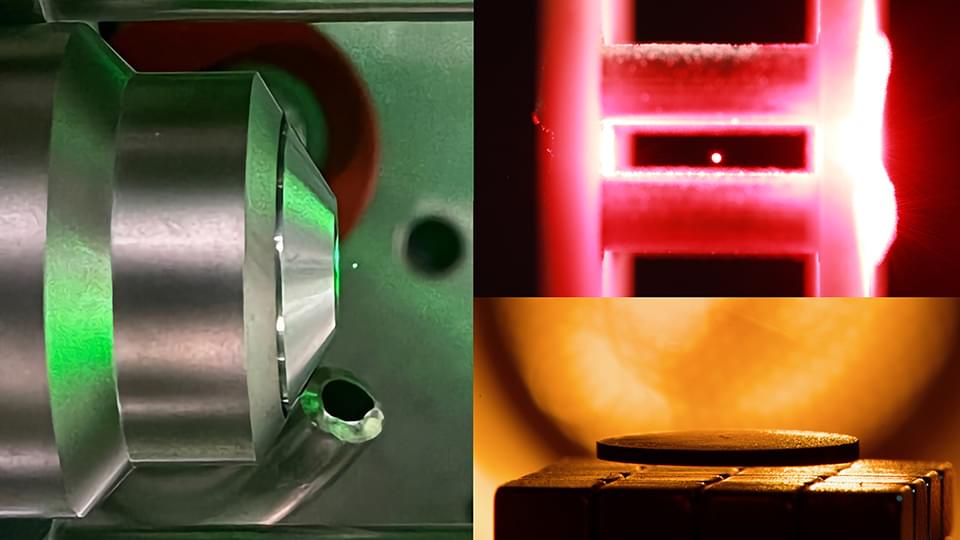
Some recent dark matter experiments have begun employing levitated optomechanical systems. Kilian et al. explored how levitated large-mass sensors and dark matter research intersect.
Levitated sensors are quantum technology platforms that use magnetic fields, electric fields, or light to levitate and manipulate particles, which become very sensitive to weak forces. These sensors are especially well suited for detecting candidates in regimes where current large-scale experiments suffer limitations, such as ultralight and certain hidden-sector candidates.
The authors discussed how these advantages make levitated sensors, including optically trapped silica nanoparticles, magnetically trapped ferromagnets, and levitated superconducting particles, ideal for detecting different dark matter candidates.
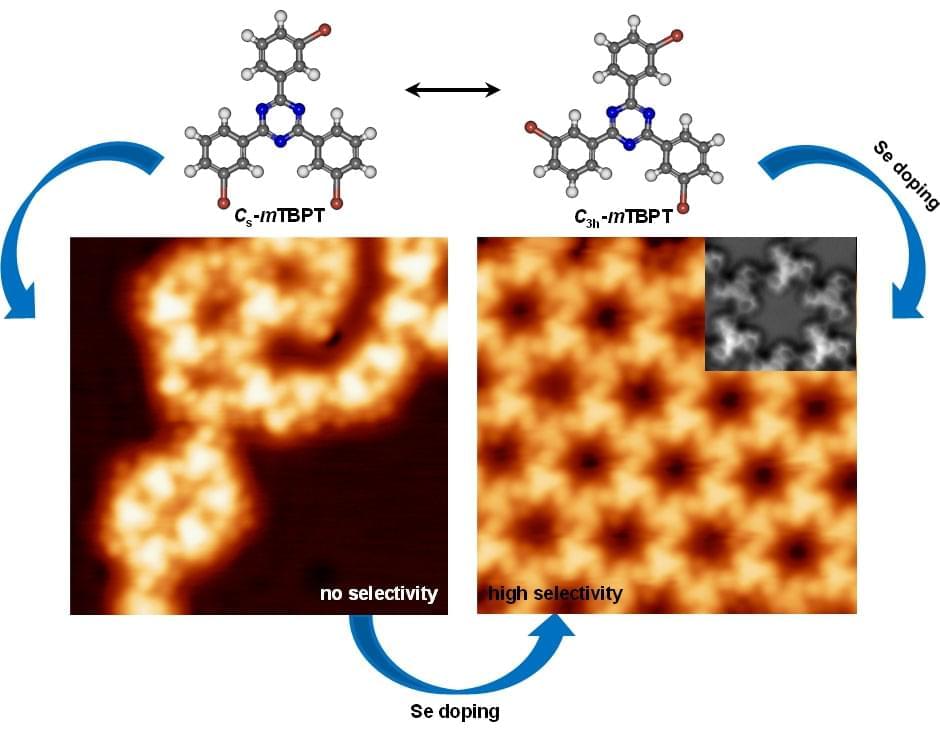
Physicists from the National University of Singapore (NUS) have achieved controlled conformational arrangements in nanostructures using a flexible precursor and selenium doping, enhancing material properties and structural homogeneity. Their method advances on-surface synthesis for the design and development of engineered nanomaterials.
On-surface synthesis has been extensively investigated over the past decades for its ability to create diverse nanostructures. Various complex nanostructures have been achieved through the smart design of precursors, choice of substrates and precise control of experimental parameters such as molecular concentration, electrical stimulation and thermal treatment.
Among these methods, the Ullmann coupling is notable for efficiently linking precursors through dehalogenation and covalent bonding. While most research has focused on conformationally rigid precursors, exploring conformationally flexible precursors offers significant potential for developing complex functional nanomaterials with engineered structures and properties.
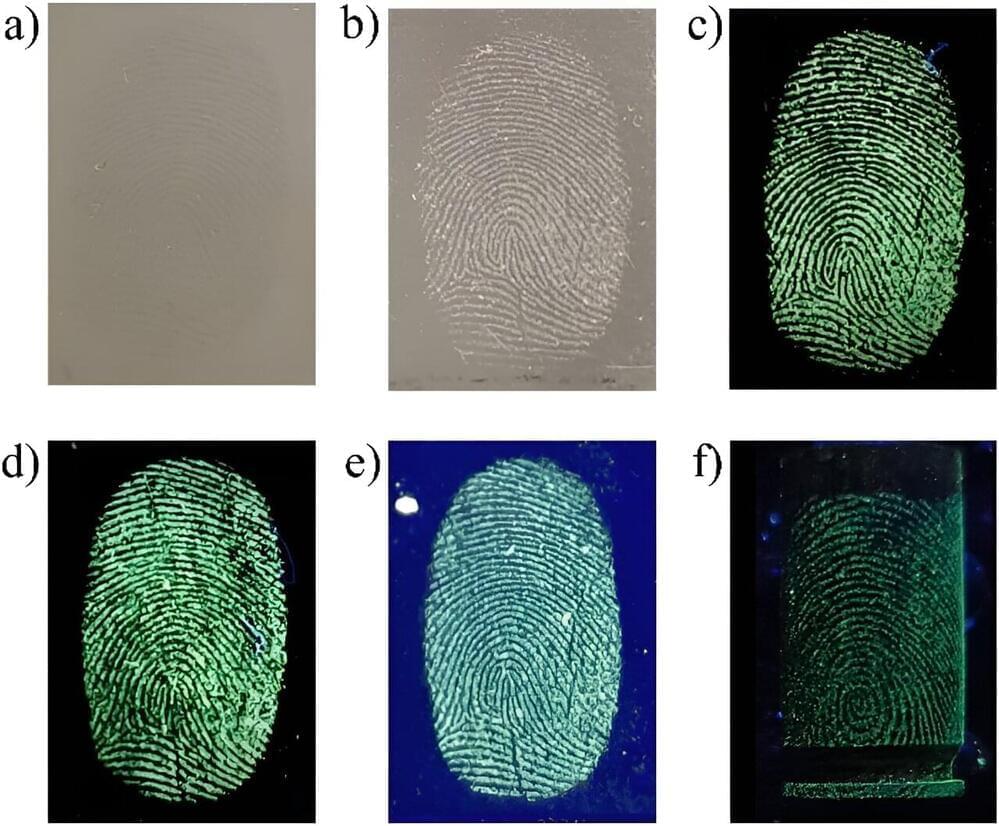
Latent fingerprints require physicochemical development techniques to enhance their visibility and make them interpretable for forensic purposes. Traditional methods for developing fingerprints include optical, physical, and chemical processes that involve interaction between the developing agent (often a colored or fluorescent reagent) and the fingerprint residue. These methods have limitations in recovering high-quality results in certain conditions.
Recently, new methods using mass spectrometry, spectroscopy, electrochemistry, and nanoparticles have improved the development of latent fingerprints. These techniques offer better contrast, sensitivity, and selectivity, with low toxicity. The ability to adjust nanomaterial properties further enhances the detection of both fresh and aged fingerprints.
Mesoporous silica nanoparticles (MSNs) have attracted significant interest since the discovery of the M41S family of molecular sieves, which encompasses MCM-41, MCM-48, and SBA-15. These nanoparticles are characterized by their controlled particle size, porosity, high specific surface area, chemical stability, and ease of surface functionalization.
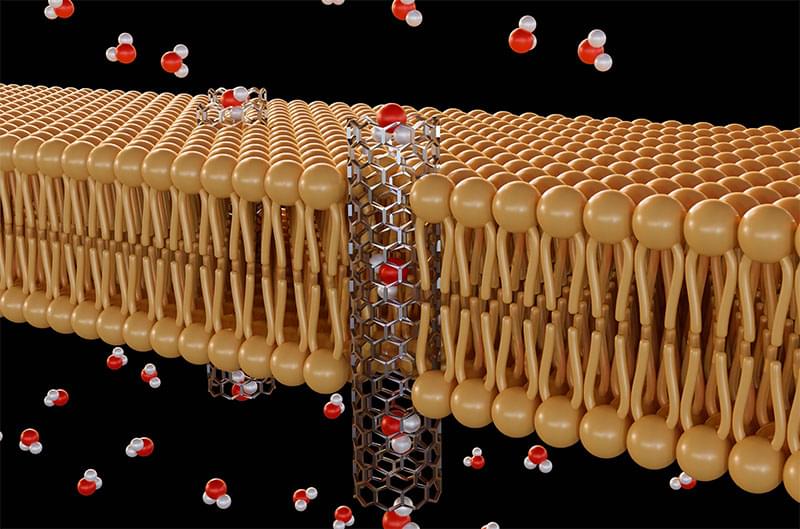
“As complex living systems, we likely have trillions upon trillions of tiny nanoscopic holes in our cells that facilitate and regulate the crucial processes that keep us alive and make up who are,” says Marija Drndić, a physicist at the University of Pennsylvania who develops synthetic versions of the biological pores that “guide the exchange of ions and molecules throughout the body.”
The ability to control and monitor the flow of molecules through these pores has opened new avenues for research in the last two decades, according to Drndić, and the field of synthetic nanopores, where materials like graphene and silicon are drilled with tiny holes, has already led to significant advances in DNA sequencing.
In a paper published in Nature Nanotechnology (“Coupled nanopores for single-molecule detection”), Drndić and Dimitri Monos, her longtime collaborator at the Perelman School of Medicine and Children’s Hospital of Philadelphia (CHOP), presented a new kind of nanopore technology with the development of a dual-layer nanopore system: a design that consists of two or more nanopores, stacked just nanometers apart, which allows for more precise detection and control of molecules like DNA as they pass through.
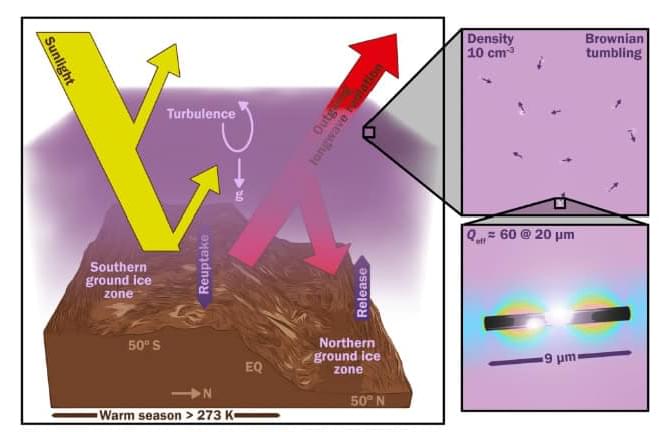
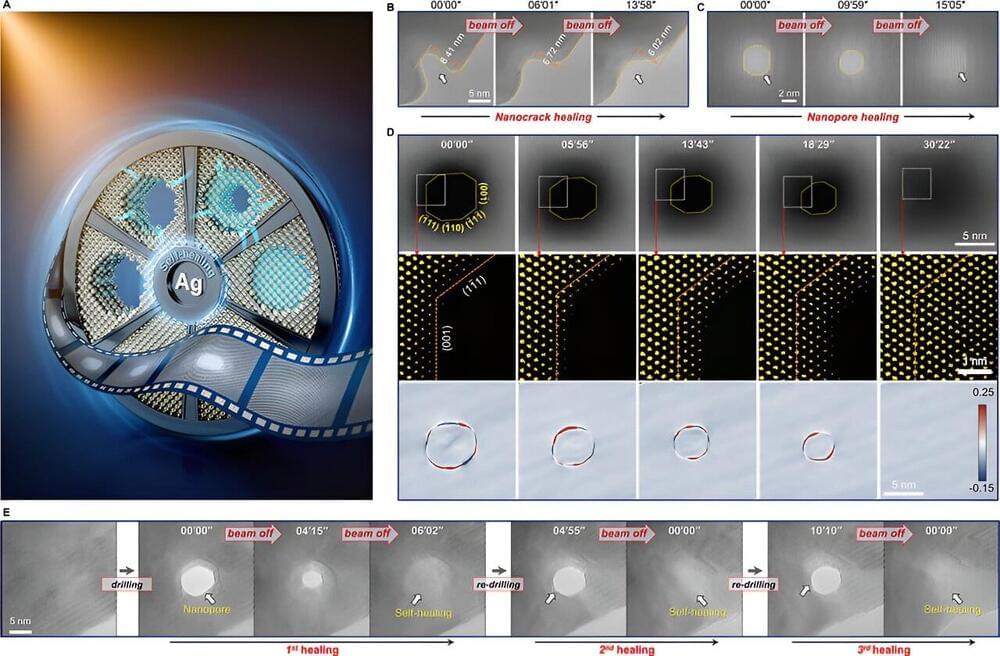
As an innovative concept in materials science and engineering, the inspiration for self-healing materials comes from living organisms that have the innate ability to self-heal. Along this line, the search for self-healing materials has been generally focused on “soft” materials like polymers and hydrogels. For solid-state metals, one may intuitively imagine that any form of self-healing will be much more difficult to achieve.